Today is July 3, 2018. Exactly 100 years ago today, the founder of Nikka Whisky, Masataka Taketsuru, set out on a journey that would alter the history of Japanese whisky. Based primarily on his serialized autobiography originally published in Nikkei in 1968, in Part One of this series we take a brief look at his life leading up to his departure.
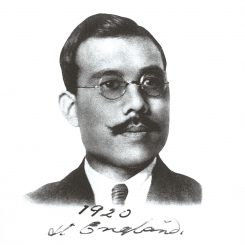
Tradition of sake brewing
Born in 1894, Masataka Taketsuru was the third son born into a family of sake brewers in Hiroshima Prefecture’s Takehara. Growing up around the culture and environment of sake brewing, Taketsuru himself commented on the strictness of his family’s operation: “no women allowed in the brewery, choose only the best yeast, and abstain from bad habits.” This was all intended to maintain the quality of the sake and the brewery name. A strict approach to making alcohol was his part of his heritage.
At the age of 8, a nasty spill from some stairs led to permanent damage to his nose – damage that he later claimed made his enlarged nose much more sensitive to aromas. Taketsuru was sent to a middle school near his home for his studies, where he shared a dorm and became lifelong friends with future Japanese Prime Minister Hayato Ikeda.
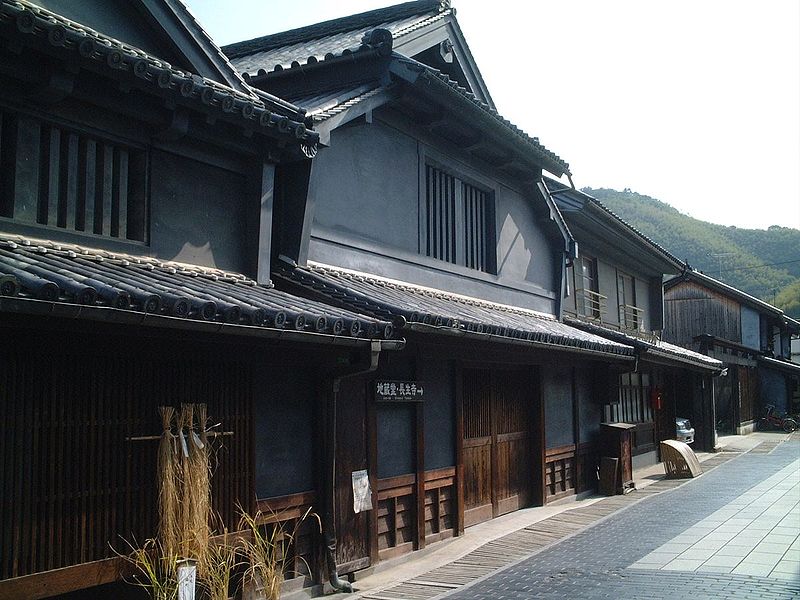
Interest in Western liquor
Fast-forward a couple years. With both of his older brothers rejecting the path of taking over the family business, only Taketsuru remained. He went to Osaka Technical High School to study sake brewing – Japan’s only university to offer such a program in 1913. His true passion, however, was Western liquor. On a January trip home prior to graduation in April 1916, the gravity of his situation set in: his life’s path was more or less laid out before him. Work the family sake brewery in the countryside, and that’s it.
He resolved to enter military service for a year from December 1916 in order to “miss” the sake brewing season that winter. This would give him from April until December of 1916 to “try a job making Western liquor, at least once,” he later penned in his autobiography. After that, the plan was, he would settle into the family sake business.
There was a hitch in that plan. Despite over 60 years passing since Commodore Matthew Perry gave Japan its first taste of whisky, there wasn’t much of a homegrown Western liquor industry. This was largely due to the low taxes on imported whisky as part of the US-Japan Treaty of Amity and Commerce, signed in 1858. Taxes only started to change in 1899, meaning Japan didn’t even seriously consider making Western liquor for over 40 years. The expertise wasn’t really available anywhere in Japan — imitation whiskies/brandies/etc. were really all they could make.
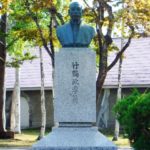
A lucky break at Settsu Shuzo
Sumitomo-owned Settsu Shuzo, the biggest such company in Japan at the time, was perhaps the best imitator and Taketsuru’s most attractive option. Luckily for him, there was an alumni connection. Kiichiro Iwai, later of Mars Whisky fame, graduated from the same Osaka Tech sake brewing program some 14 years prior to Taketsuru. Iwai-san pioneered the use of a fusel oil separator to remove the alcohol stench from the company’s imitation whisky, originally released in 1863. Of the imitators, at least Settsu Shuzo was trying.
Taketsuru went straight from his school exams to meet Iwai-san at Settsu Shuzo. After explaining his predicament, Iwai-san promptly introduced him to then-president of the firm, Kihee Abe. Abe was impressed with Taketsuru’s proactive approach and hired him on the spot. Taketsuru started at the firm in March 1916. Gainfully employed, he wore a Western-style suit to his graduation ceremony, much to the awe of his fellow graduates.
His enthusiasm quickly enabled him to move into a leadership role at the Western liquor section for Settsu Shuzo. It was here he would first be introduced to Shinjiro Torii, the founder of Suntory’s predecessor Kotobukiya. Settsu Shuzo held contracts with major brands at the time, including with Kotobukiya, to manufacture their earliest products like Hermes Whisky and Akadama Port Wine. The bottle may have said Kotobukiya, but the liquid inside was made by Settsu Shuzo. Taketsuru and Torii’s relationship, then later falling out, would go on to define Japanese whisky for several decades to come.
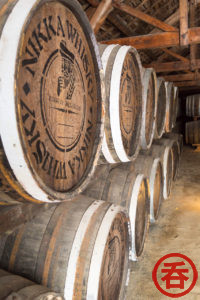
Military or whisky: why is this even a choice
December 1916 rolls around, and Taketsuru has stuck to his plan: he’s at his physical examination to enter military service. As a judoka since middle school, Taketsuru was by his own account very physically fit for military service. Even so, the first lieutenant doing the examining somehow found out that Taketsuru was an alcohol technician for Settsu Shuzo. “We need alcohol to make gunpowder. Good luck” said the lieutenant. Taketsuru was deemed “second grade” for military service. He didn’t need to go anywhere and could keep his job. Japan didn’t need many soldiers for WW1, after all.
Only a few days later, Taketsuru was called into Abe’s office. The president’s request was simple: go to the United Kingdom to learn how to make malt whisky, straight from the source. Obviously, Takesuru was over the moon. His parents, however, were understandably not so thrilled. Abe-san visited Taketsuru’s parents in person to help convince them to let him go on the trip. While his mother was won over, his father never did fully support his son’s decision to choose Western liquor over the family sake business. With no direct heirs to continue the business, it had to pass on to relatives. Sake out, whisky in.
Bon Voyage
From a financial perspective, the timing for Taketsuru to depart couldn’t have been better. Though WW1 was in full swing in Europe, the war meant that Japanese exports were way up. Japan and especially Settsu Shuzo was having an economic heyday. Taketsuru’s trip abroad was completely funded by the company, and his successors received the same amount as a bonus.
The day is July 3, 1918. Tenyomaru, with a capacity near 1000 passengers, sits ready for departure from the Port of Kobe. Settsu Shuzo’s president Abe, Kotobukiya’s Shinjiro Torii, Tamesaburo Yamamoto (future first president of Asahi Beer), Taketsuru’s family, and a whole entourage have come to see him off.
In some ways, July 3, 1918 was the spiritual beginning of real Japanese whisky.
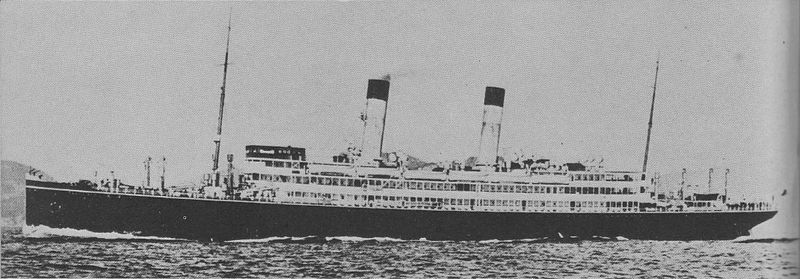
References:
http://www.fruits-yamamoto.net/whiskey_junnai/index.html
https://style.nikkei.com/article/DGXZZO99815510Z10C16A4000000?channel=DF180320167088
http://business.nikkeibp.co.jp/article/campanella/20140910/271114/
http://whiskymag.jp/ts_1/
https://wsk.illwax.net/settsu-shuzo/
https://www.universitystory.gla.ac.uk/biography/?id=WH24560&type=P
Hi there! I created and run nomunication.jp. I’ve lived in Tokyo since 2008, and I am a certified Shochu Kikisake-shi/Shochu Sommelier (焼酎唎酒師), Cocktail Professor (カクテル検定1級), and I hold Whisky Kentei Levels 3 and JW (ウイスキー検定3級・JW級). I also sit on the Executive Committees for the Tokyo Whisky & Spirits Competition and Japanese Whisky Day. Click here for more details about me and this site. Kampai!

5 Comments